Review: Purism Librem13 laptop
Intro
Last year Purism contacted me after they read on the Pepper&Carrot blog that my laptop has been stolen in the burglary of my house. At that time, they proposed me to contribute to my Pepper&Carrot project by sending me a shiny new Librem13 laptop. So, since October 2017 I have this laptop with me and because I saw a lot of curious on social network, I thought it was good time to make a review. In the last 7 month, I accumulated experience with this hardware (I took it for my course in Paris, conference in India, in Switzerland and recently in Poland...). I also could test three GNU/Linux distribution: PureOS, Fedora GNOME and Ubuntu 17.10. The question now: is this laptop a good one for digital painting on GNU/Linux ?
Unboxing:
In the past year with my previous laptops, I was used to "no-name" unboxing experience: cardboard colored style from e-shop who were just rebranding quickly and with minimum of effort cheap Clevo; so it's a good surprise for me to see the Librem13 was packaged with care and with elegant branded black and white box and a dedicated Quick Start Guide. It feels polished. The power charger is standard size as what we could see on the market since the last 15 years; still too big for a modern slim PC laptop, in my opinion. The PC boot at first with dialogs to configure a preinstalled PureOS (Purism in-house GNU/Linux distro; very similar to Debian-testing with GNOME desktop).
General
Here is the spec of my Librem13:
CPU: Intel Processor, Two Cores, Four Threads, 3.10GHz i7-6500U.
GPU: Sixth Generation Intel HD Graphics 520.
RAM: Fast Memory Galore, 16GB, DDR4.
Storage: 250GB M.2 SSD.
Monitor: 13.3″ Matte IPS Display.
Case: Anodized Aluminium Chassis.
Video output: HDMI output.
Bios: SeaBIOS
O.S. for the test: Ubuntu GNOME 17.10
External case: It's a slim, minimalistic and beautiful object. The anodized aluminum case feels really high quality. I really like how the case is not branded with obtrusive logos or texts. It is just written on the bottom of the laptop.
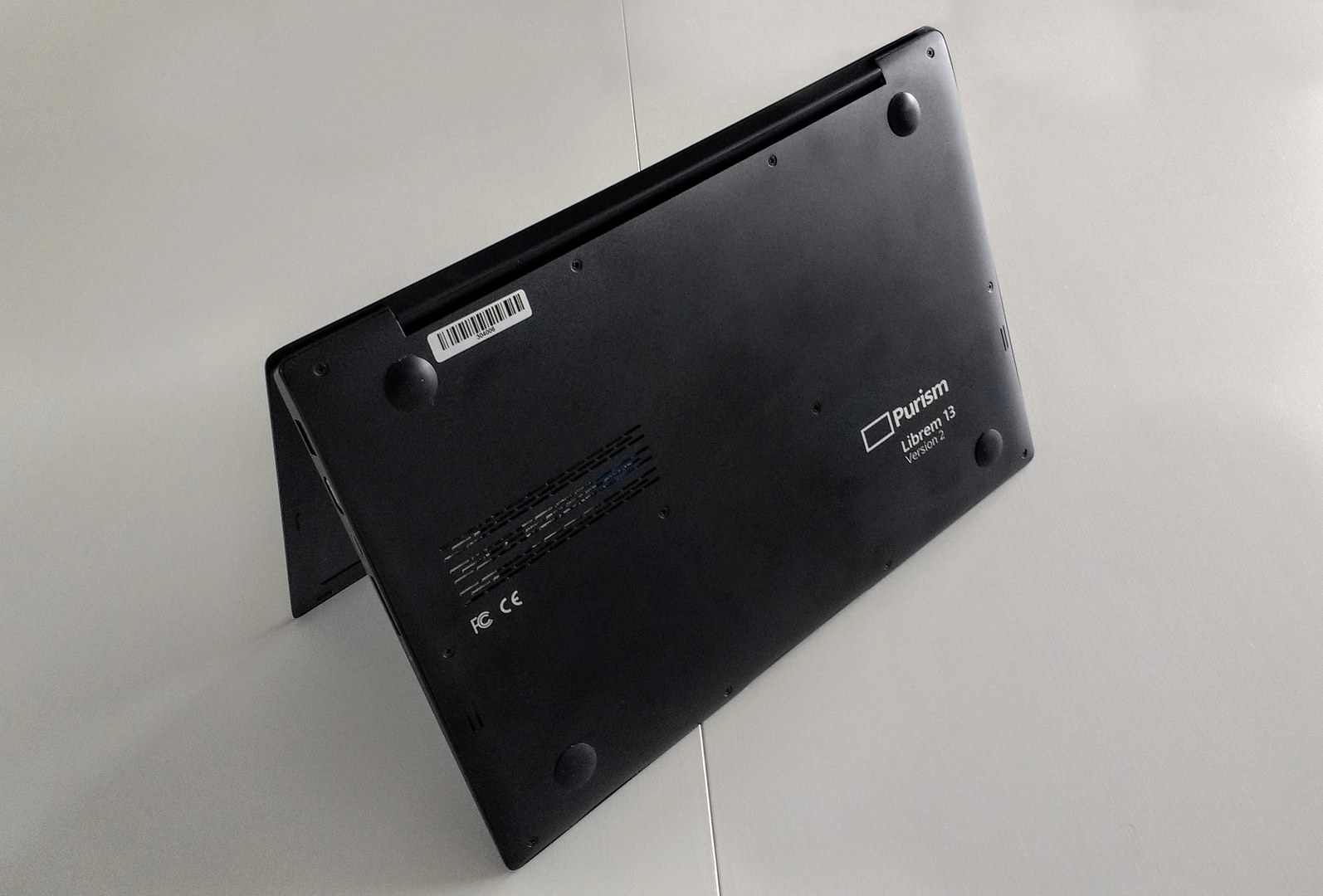
Usability
The laptop is simple to use, there is no surprise from the hardware to software. Installing a new GNU/Linux distro on it is a breeze: everything just work and the SeaBios makes everything so simple (far, far away all the horrors of the modern UEFI!). I had no problem with Ubuntu or Fedora on it; it's clearly the type of hardware that has this potential of not being affected by many bugs related to hardware support. That's probably because Purism have all their in-house dev porting directly fix into Debian testing. I also like the fact it has almost the same size than my tablet Wacom Intuos4 Medium (see photo under) ; it's a good pair of hardware when I'm traveling. The laptop doesn't suffer particularly of being very hot and keep relatively silent all the time (I tested it in the hot days when I traveled to India for a conference). The sound of the fan is even not really loud while using all the power of the CPUs (eg. when compiling Krita or rendering scene with Blender).I also experienced opening the case to add or remove a SSD, something possible to do in 5 min without damaging the unit and with a simple small screw driver.
Performances
Digital painting:
Krita 4.0.x doesn't really suffer while painting on a A4@300dpi. It's the file format and resolution I use for the page of my webcomic Pepper&Carrot. Even when using large preset and the smudge brush engine it's still possible to paint. "Instant Preview" works also pretty well with the Intel HD Graphics 520; it has even less glitch than the more powerful Nvidia card on my workstation with Nvidia proprietary driver. The performance are correct but I wouldn't probably cross the 4K or 6K resolution with this laptop. Expect little slow down here and there on complex work but that something totally acceptable for an ultraslim laptop.
GPU: The GPU is weak on this laptop; don't expect doing hardcore gaming with it. Here under you can read on the screenshot the result of glmark2 and the Cryptohash benchmark of hardinfo. If you have a Ubuntu based O.S, you can easily install glmark2 and hardinfo to compare this value with your own setup.
Blender 3D: The two core/ 4 thread screamed (silently, like a subtle and long PSHHHhhhhhh ) all they could but couldn't render the BMW benchmark demo file made by Mike Pan under 27min ( a Intel Core i7-7700HQ CPU can do that in 10min ).
Keyboard
At the time I received it, the Librem13 was available only with a QWERTY U.S. keyboard layout (recently, Purism added the German and Qwerty U.K layouts ). I type things since I'm a kid on French AZERTY keyboards. It's too hard to remove a so deep habit; so I opted for a little customization of the U.S. layout and I added Azerty stickers. The stickers are extra thin and I don't feel them under the fingers when I type, they just are glossier than the original plastic. After the transformation, it took me only two or three hour to type as fast as on my favorite keyboard and I really like the quality of it. Also, I like the Purism logo by default on the "super" key.
(Up) While adding the stickers ; there is two plastic protection to them: one on top to peel after sticking it. They appear thick on the photo above because it was before peeling the overlay. (Under) The final transformation: I can switch easily the two layout and the keyboard looks special now and original. Notice also the two "Killswitch" on the top of the keyboard to interrupt on a physical level the webcam, microphone, wifi or blue-tooth (a very smart and effective privacy feature. )
Monitor
The 13'' ISP 1920x1080pixels monitor is not glossy and the anti-reflect coating on it is smooth and not grainy. So, all the artworks and graphics looks always sharp (and side note: it's easy to stick my Pantone Huey Pro calibrator on it).
The maximum light measured is around 220 cd/m² , very good for a laptop but the default colors are way too greenish out-of-the-box. It's possible to calibrate it to get something healthier and better color, because with default like that you can't paint any good colored artworks. This monitor definitely needs profiling.
Color space: a quick profiling ( software: Displaycal ) with simple settings reveals slightly truncated oranges and reds in comparison with sRGB ( normal if the monitor tends to be super green ). Another surprise: this monitor is able to display certain type of deep blue outside the human perception of colors. So, the ultra-orange color branding palette of Ubuntu doesn't look so fruity on this laptop while Fedora wallpapers will look really deep. But it's possible to create a profile to correct it. Especially if you worry about the effect of the blue light on the health of eyes.
DPI: the 1920x1080 pixels compressed into a 13'' offer 147ppi (pixels per inch). It is dense. Application like Inkscape needs to be setup with 170% in order to represents centimeters correctly on screen. Fonts looks really sharps on this screen and it's pleasant to do digital painting because it's easy to forget the pixels. It's always hard when I'm back traveling to re-adapt to my workstation with my 23'' monitor and the same 1920x1080pixels; it looks like pixel-art in comparison to the crystal clear rendering of the Librem13.
Misc
Battery:
The battery is really good for a GNU/Linux laptop. I was used to laptops with two hours maximum while typing and 30min while painting. This one can go almost to four hours while typing and 1h30 while painting. Sometime even more, it depends the backlight settings and your activity with it.
Video output:
The laptop is modern and proposes only one HDMI output. If you are used to connect your laptop to video projectors (for conferences/workshop) you'll need this type of active HDMI to VGA adaptator always on your bag.
Fingerprints and dust:
The black aluminum case looks gorgeous, but also really attract quickly fingerprints and dust. I don't consider it as a disadvantage as it force me to maintain the laptop clean when I travel.
LED:
The LED indicator for charging/power/wi-fi are on top of the keyboard; So if you fold the laptop, it's hard to see if it's charging or not. But I appreciate at the same time when I'm traveling the possibility to fold it and not be bothered by colored LED in the dark.
Conclusion
The Librem13 already has this charisma of a collectible-hardware; especially because it screams "made for GNU/Linux, privacy and freedom" from every aspect. This speaks hard to my heart of libre geek. But for my heart of artist, it is just a OK laptop: nothing less, nothing more. You can paint reasonably sized document on it, you can profile the monitor to get a 85% of sRGB. Nothing really special on this side except it works well: the Intel GPU driver collaborate well with Krita's openGL canvas and the two core / four threads CPU renders the stroke pretty quickly. All in all, I really like my Librem13 as my travel/conference laptop: I can still color artwork with it when I'm not at home, trigger the renderfarm of Pepper&Carrot and do all the task I can do with my workstation. I also appreciate how peaceful it is to reinstall a GNU/Linux distro on it, the silence and the design. So yes, this laptop is good for digital painting on GNU/Linux, without super performances -sure- , but good... and stylish!
Thanks again Purism (especially François Téchéné -creative director- and Todd Weaver -Founder, CEO- ) for the help after the burglary of my house; it quickly helped me to recover my tools and move forward for Pepper&Carrot conferences and digital painting workshop with this hardware. I hope you had pleasure to read this review on my blog; if you have more question about it or suggestion, feel free to leave a comment bellow.
External links:


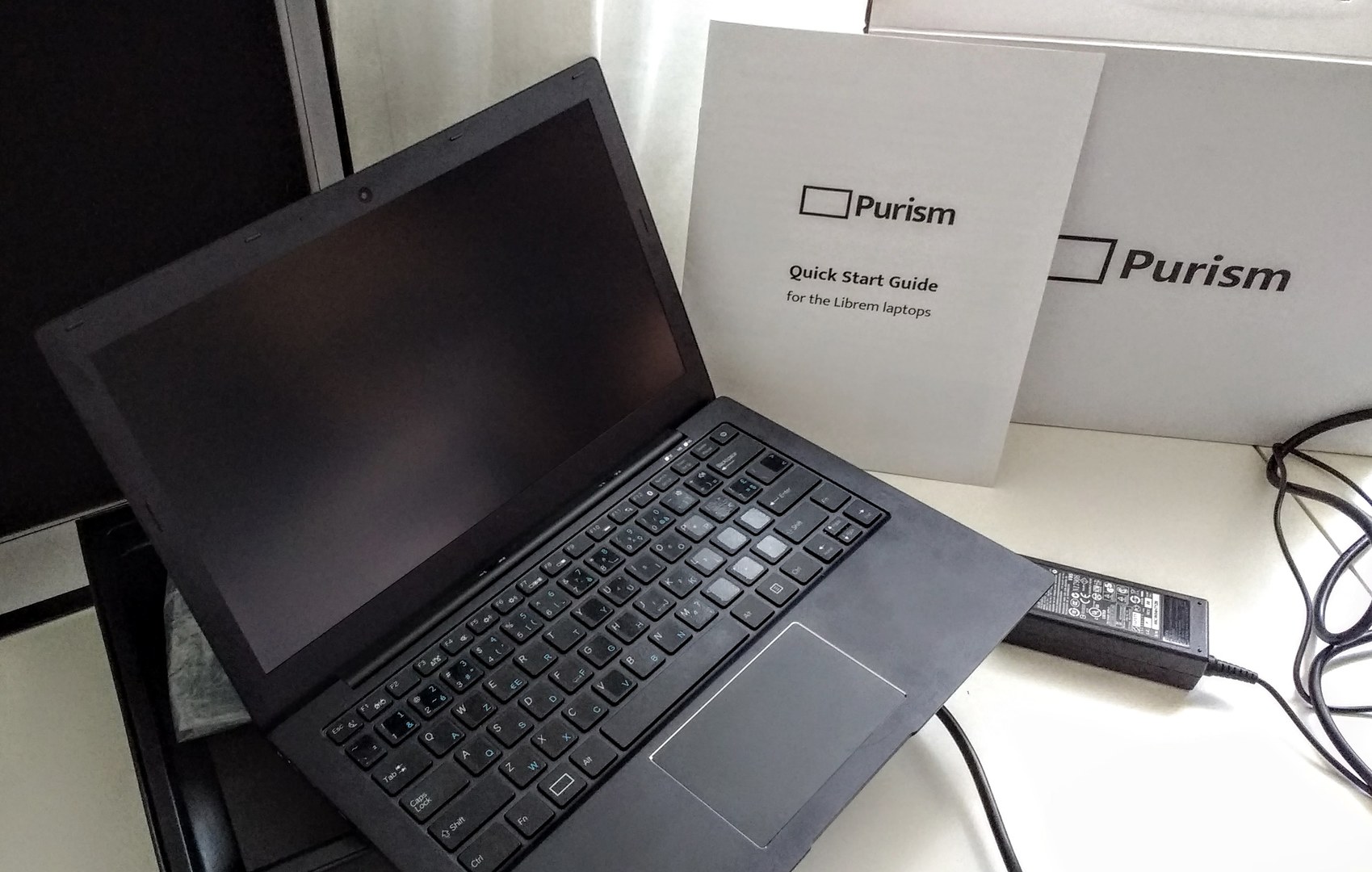
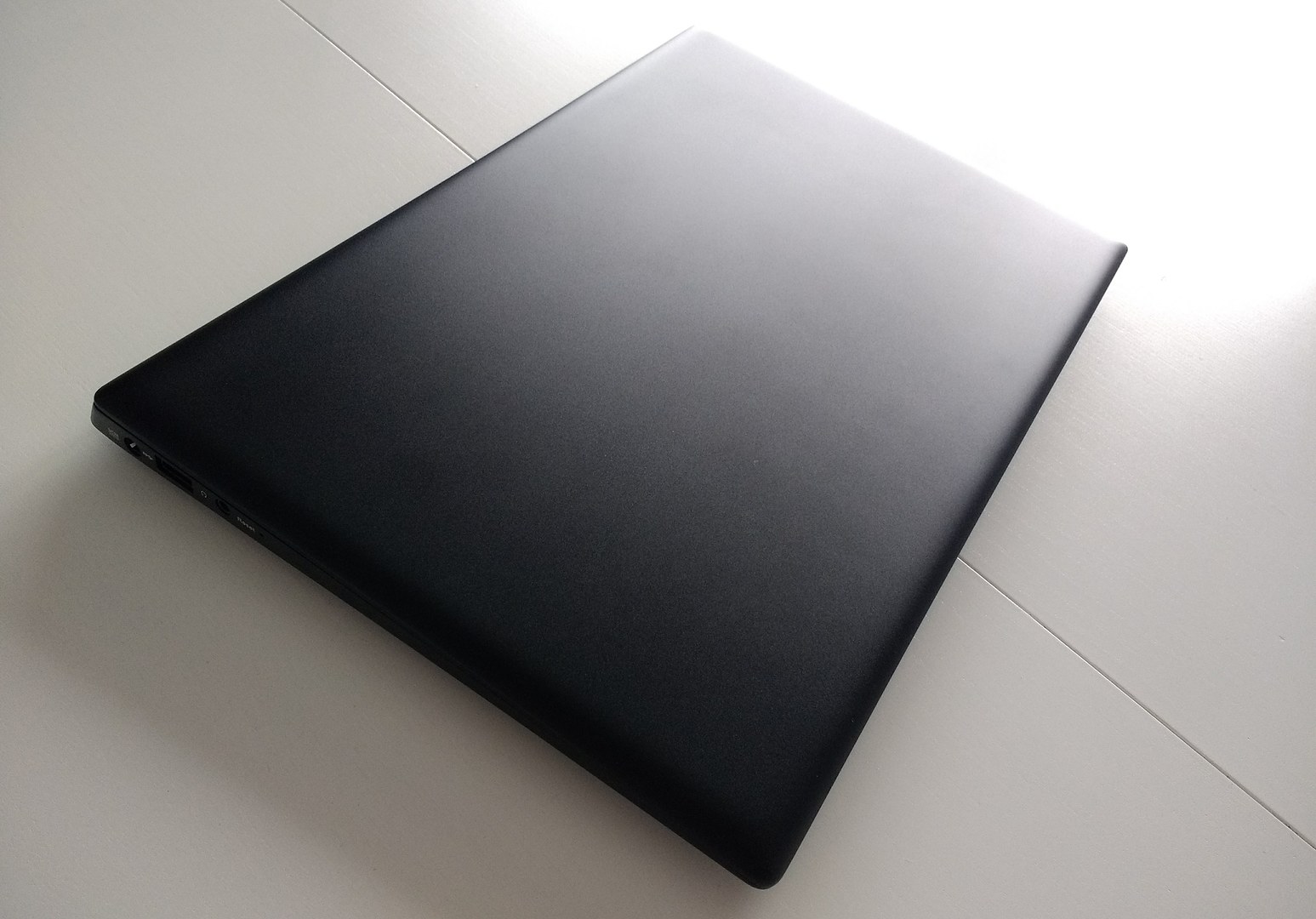

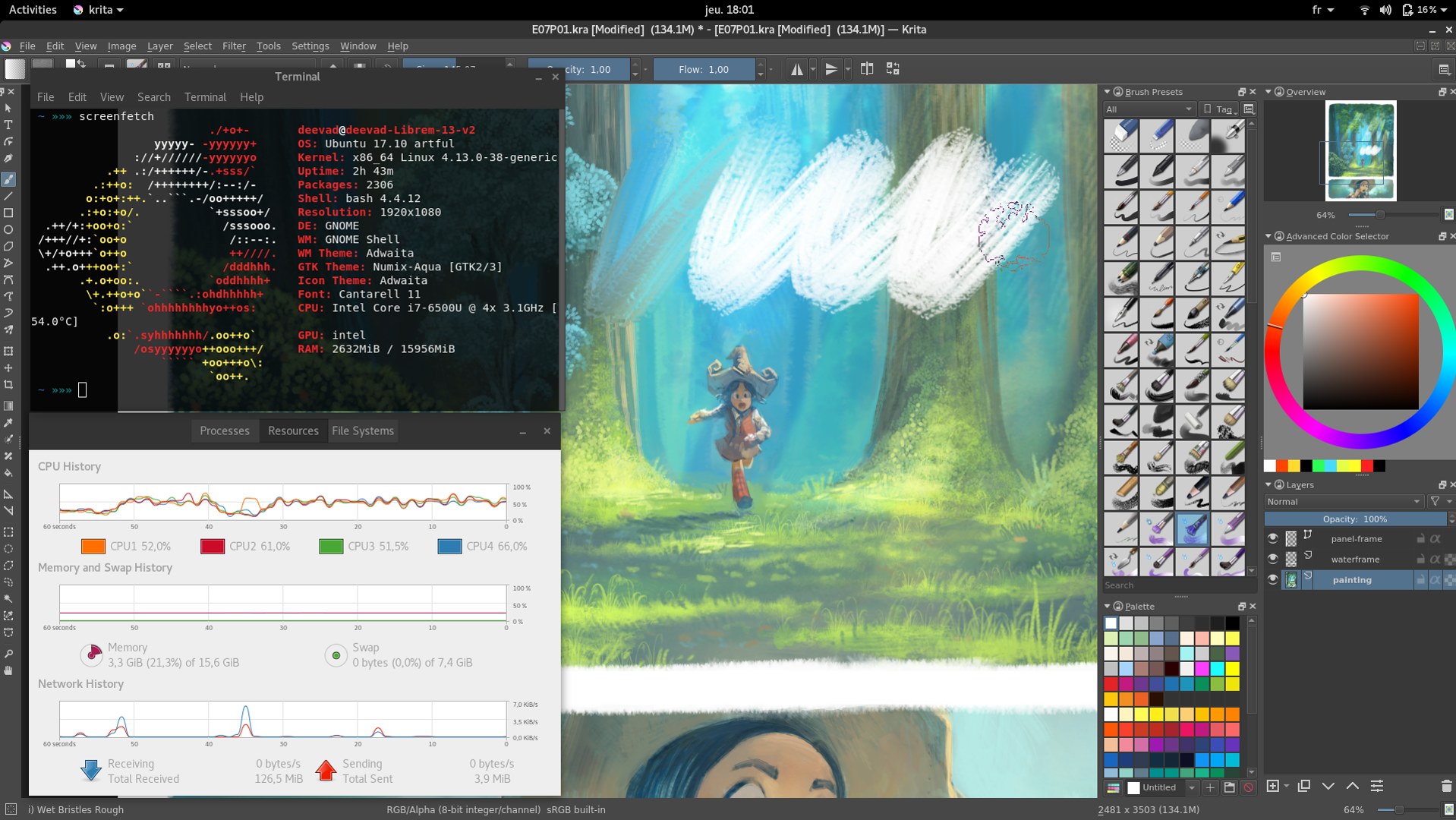
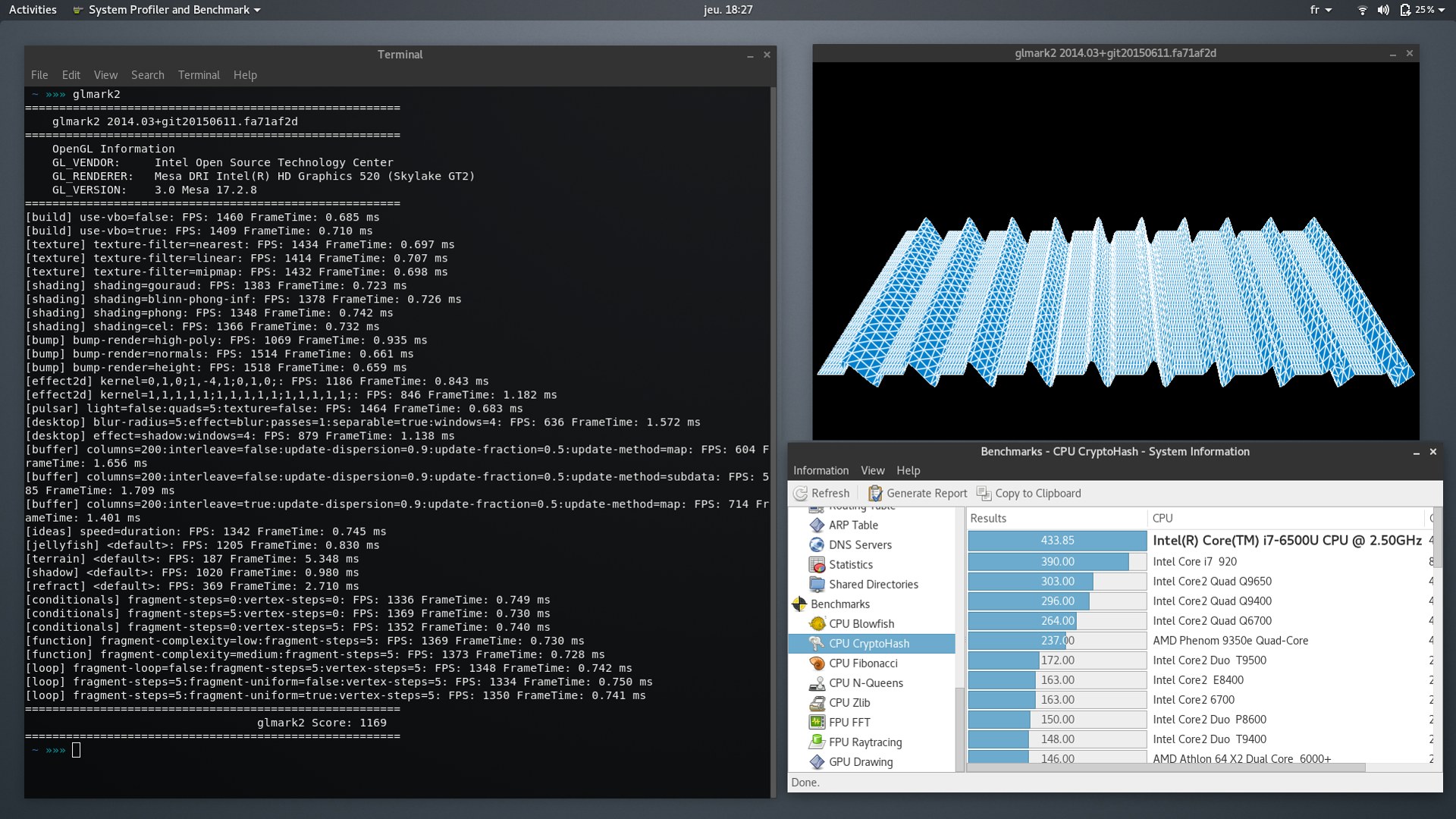
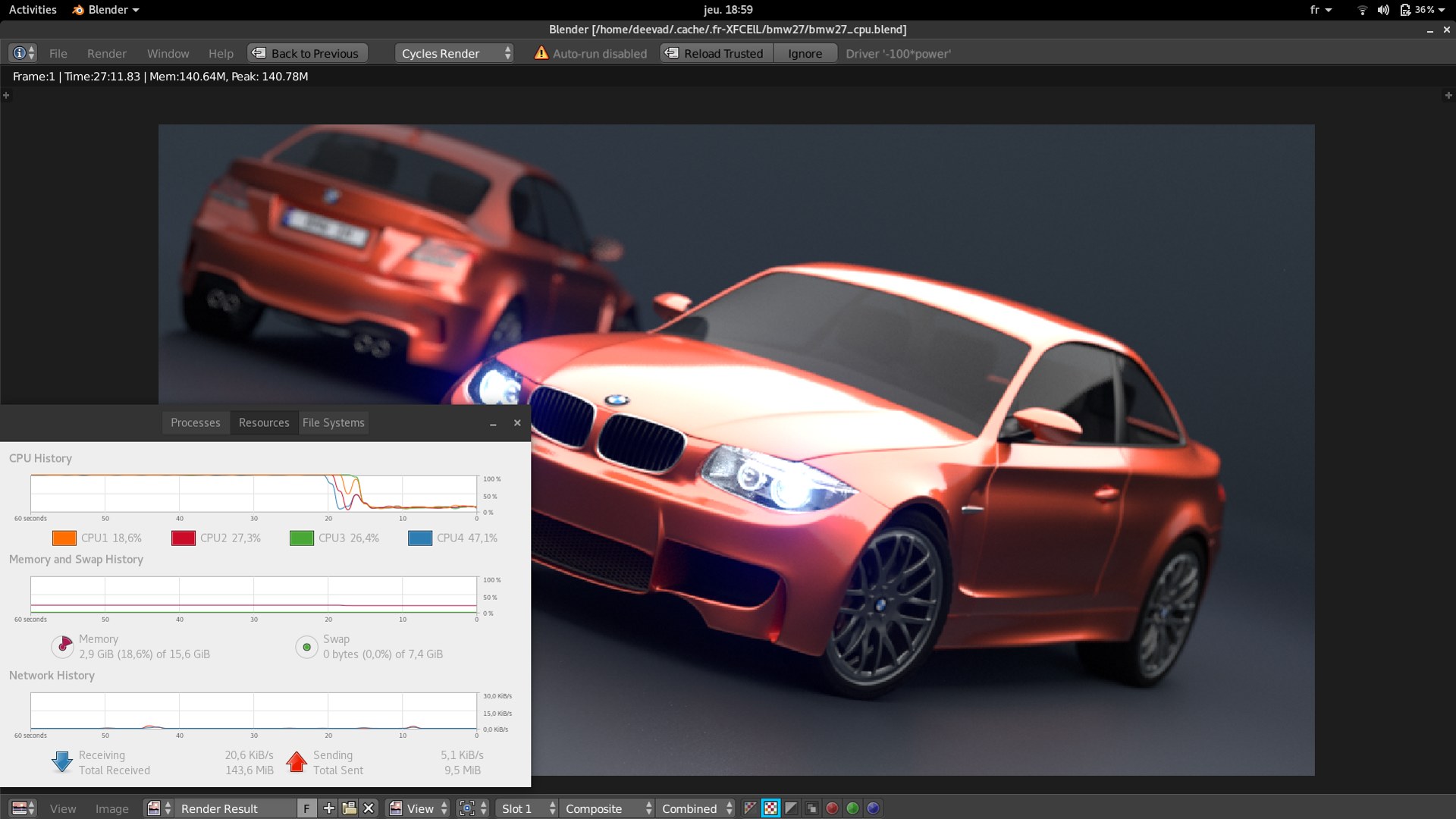
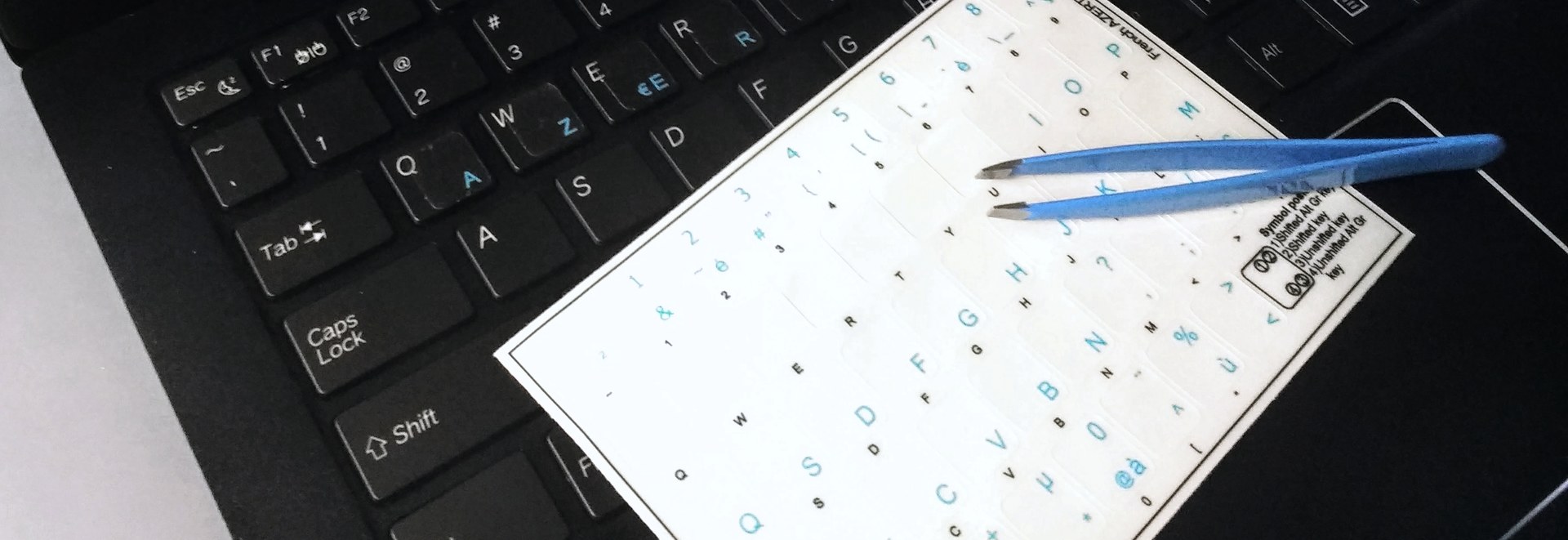

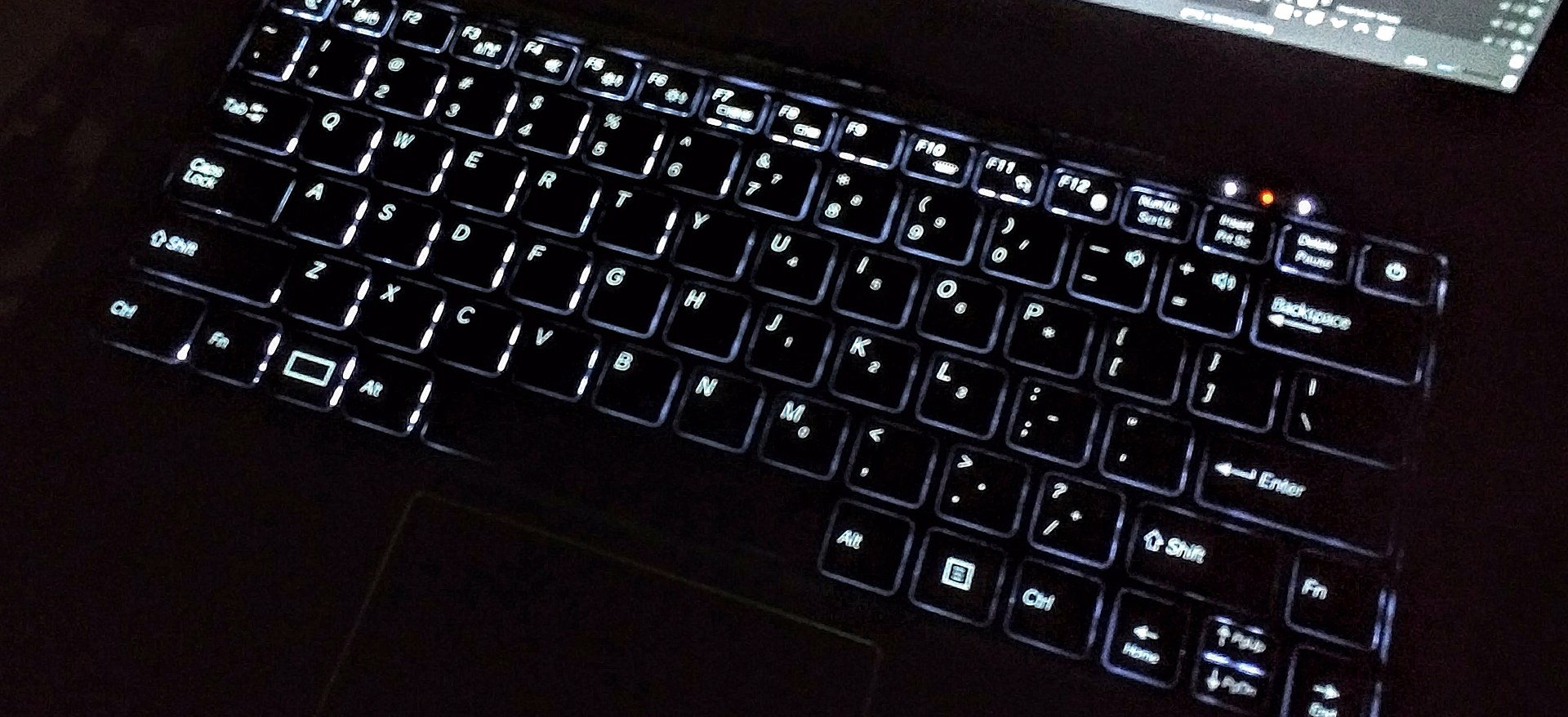
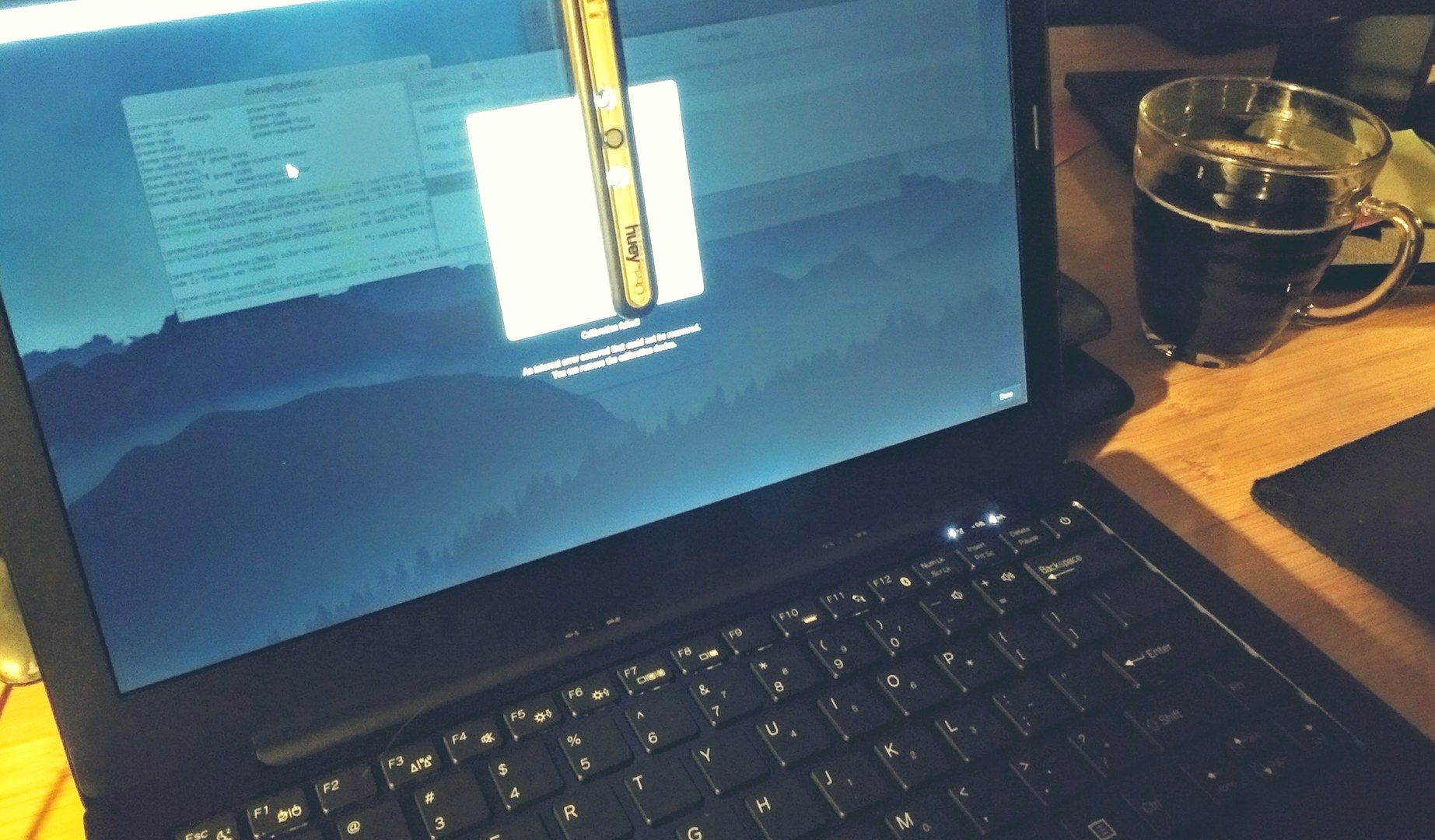
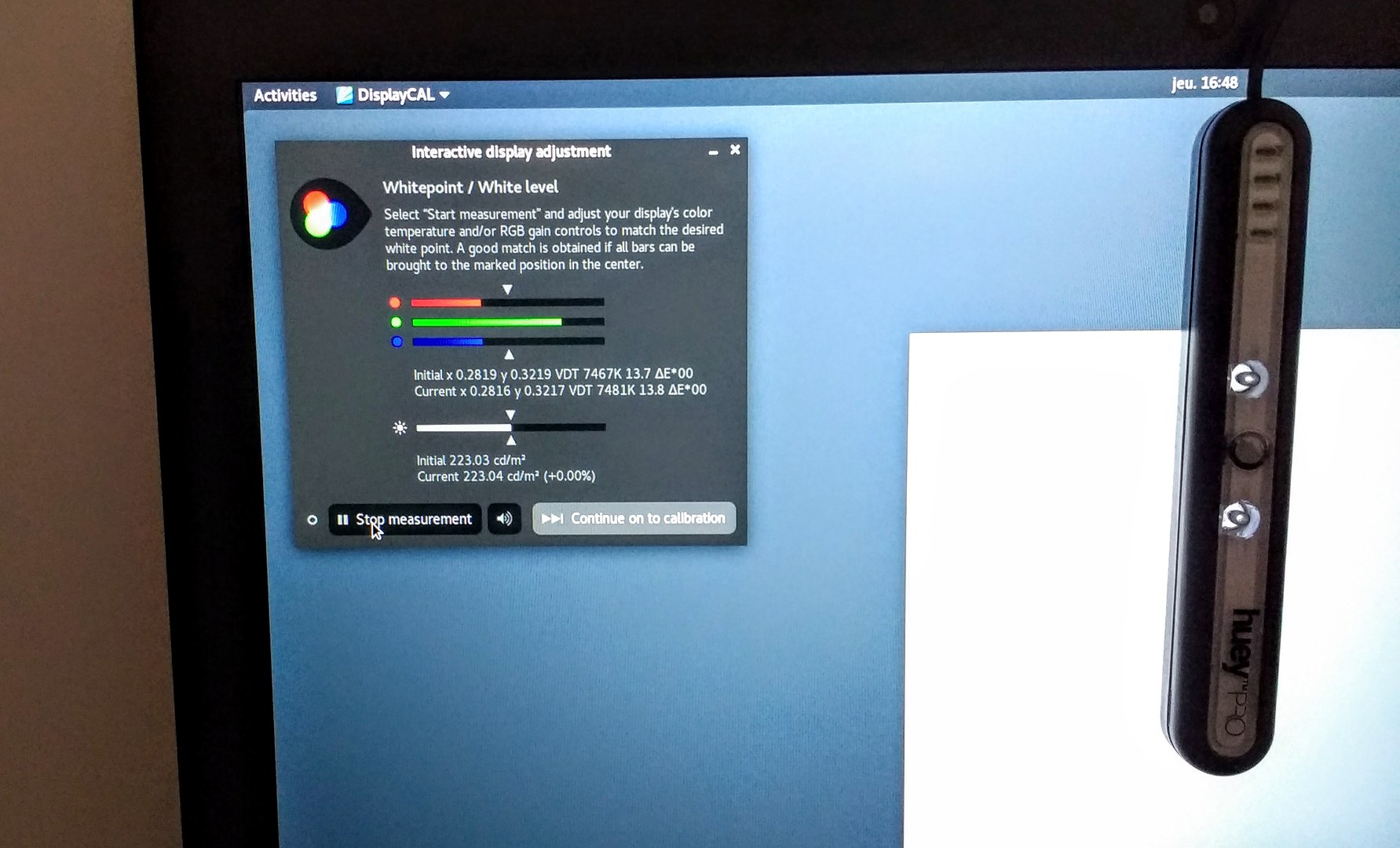

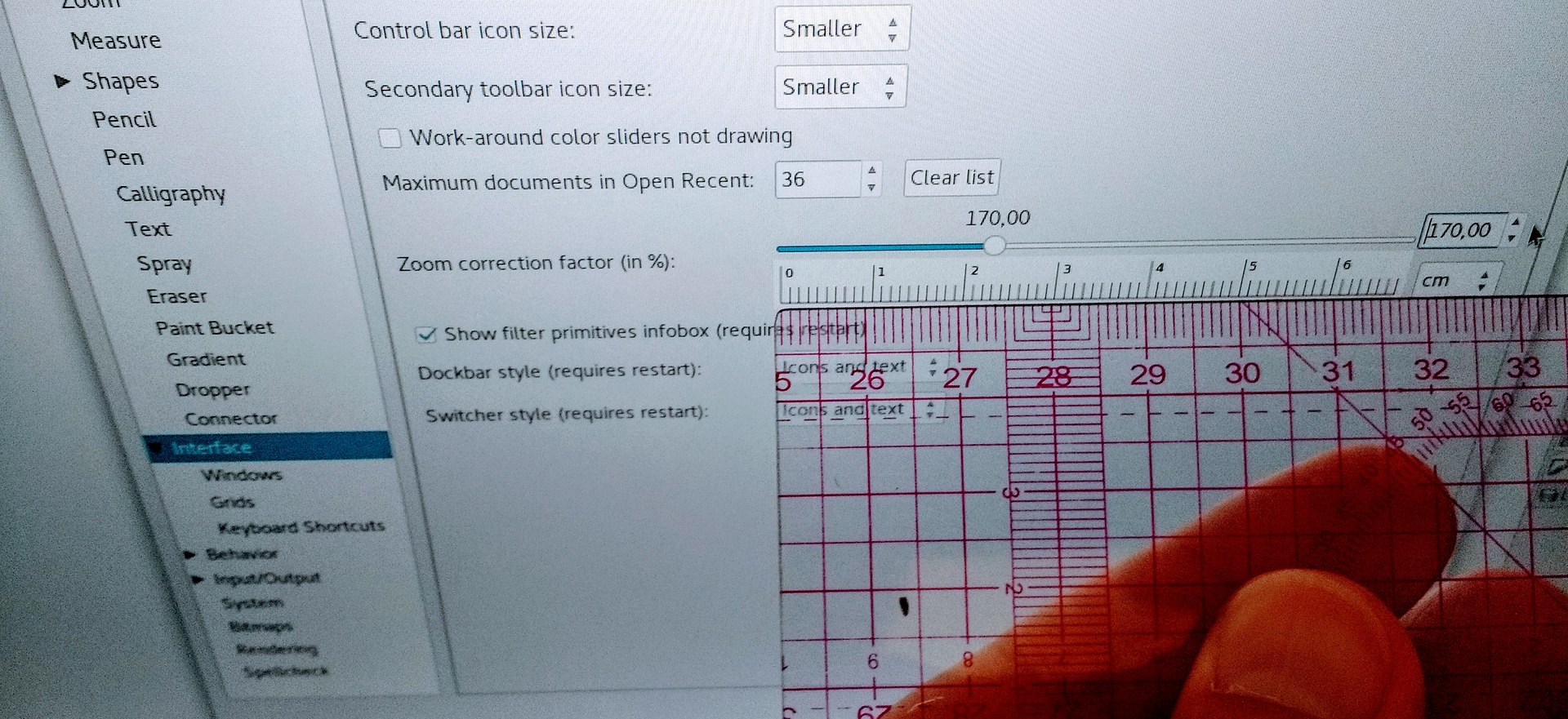


40 comments
Thanks for such an informative review. IMHO it was very balanced... Especially with your full disclosure evident within your personal story of how you came about to get your hands on a Librem13 in the first place. Such sweet success, me thinks, re: Todd Weaver and krewe, @PURI.SM being able to actually design/manufacture and now distribute such a FLOSSing machine. LOL... thanks RMS for the softball "bad" humor bit there... And, and, and.... Today they can ship one to you within 5 days of your order!
And now, with many months of use, you have, if I read it right, given no less than a 5 star rating (my words NOT yours) as a contender in the class of non-industry specific notebook computers... exception being that NONE of the others in that class even thought about their owner's privacy/security/safety while the Librems are Perfected By Design, by doing so from the get/go where as the rest of the field -me thinks.... and making no bones about this with the evidence at hand being: total silence about : their design and manufacturers never even thought about the machine's Owners privacy/security/safety!
Just looking at the PURI.SM site again, the Librem5 Phone crowd funding was beyond successful. They were looking for something like $1.5 Million funding and so quickly beat that goal with I think around $2.5 Million!
The Librem13 & Librem15 successes I think must be part of what caused their crowd funding to off the charts.
I personally can not wait to see one of the Librem11 Tablet Transformer like machines due to be available in the next few months.
Thank you for this review! I'm a big fan of your entire tooling stack and the operating systems.
Sir Deevad, I'm new to comic printing and stuff, does A4@300 dpi really suitable for print? Especially in Linux, since I saw/read on the internet most people recommend using Clip Studio Paint (Windouse), in A4 600dpi as minimum requirement for print? (*/。\)
For color prints, 300 DPI is sufficient, this is the resolution at which the vast majority of color prints are done. If people are doing 600 dpi in clip studio paint, that's because clip studio's design originated in a Manga drawing program, which couldn't even do full grayscale, just black and white. And if you are doing a black and white only image, with jaggy, pixelly aliased lines, you need to print it at 600 dpi to not see the pixels. Clip studio probably has 600 dpi as a default from that, and people don't understand their printers so they don't question it.
But you can judge for yourself. Make an A4@300 DPI and print it with your home printer.
Do you know if this laptop would work well with Windows 10? It looks delightful and it's specifications are quite reasonable, but I don't want to hobble myself with going full Linux (the Windows Linux subsystem is sufficient for my usage).
Windows runs fine (well, as well as anywhere) in a VM. It runs faster in a VM on Linux than it does native, because Linux buffer management and scheduling work better; and more reliably, because in a VM it doesn't depend on dodgy third-party drivers.
It looks like Purism Librem 13 Laptops have best specifications but why it has only 250 GB SSD? In the modern technology, the SSD storage must be 1 TB. RAM is sufficient or processor are fine.
Thanks for the review. If you could please tell about the trackpad.
Especially, if you worked with a Macbook before: how does the trackpad compare to an Apple trackpad?
Thanks!
Thanks for this review! Librem laptops seem to be really good but it's really unfortunate that they couldn't disable *all* of the Intel Management Engine, otherwise I would've went with it directly.
No idea, I don't own any Windows O.S. at home since 2009.
You can customize this part on their product page. Even add another SSD, there is a slot for it. In my case, 250GB is more than enough for my work ; I often needs 20GB for system/swap + 100GB max of references/resources/active project. All older projects or resources are archived, and with keeping my active working project around 100GB I can still backup often and keep history.
I never owned any Apple product; I'm not interested into their terms of services. So, I can't tell. The trackpad is large and does the job ; but as you saw on the picture I use a tablet and a stylus mostly when working on it.
Quote: "our second generation of laptops (based on the 6th gen Intel Skylake platform) will now come with the Intel Management Engine neutralized and disabled by default."
I have the Librem13 version 2, they posted a long article on their blog : https://puri.sm/posts/deep-dive-into-intel-me-disablement/
Exactly and +1 with @Wolthera.
For greyscale; 600dpi is adviced , for pure black or white : 1200dpi.
300dpi is hyper common for printing colored artworks. Sometime, deluxe publishing can goes up to 450dpi for prestigious reproduction of artwork/painting but I rarely saw this in reality (I heard about the 450ppi legend, but no one ever proposed me that for my art). Comic industry also often mix a pass of 300dpi for the CMY color channel, and a 600dpi greyscale for lineart on top OR 1200dpi black or white. So, black lines of the lineart appears as sharp as vectorial letters printed for reading. But this optimization to get crispier result at print involves a clean break between the drawer and the colorist workflow. I can understand why Clip Studio Paint decided to propose the 600dpi per default : to be sure it would be enough to print the greyscale page of beginner Manga artists ; (regardless if it's in color or not). My publishers have no issue with my A4@300dpi produced in Krita ; but I use full colors and most of my lineart don't use pure lines, or pure black : no special treatment for my pages, they just print it as they would print any artwork/photo.
Thank you!
Haha, not really a 5 star rating in absolute ; my 5 star ideal product would have a wide gamut monitor ; a display I can directly draw on it with zero parralax and a anti-scratch soft grain overlay ( and a laptop where I can fold the monitor totally like a tablet ) ; an amazing battery life to paint during hours and leave it next to my sofa ; big performances while keeping silent and not warm ; a stylus I can store in the case for not loosing it ; a power charger as small as a smartphone USB one , and a small price !... *That* would be perfection for a mobile device to create art!
Thanks for the review, I honestly couldn't have asked for a better one in my case, you even addressed noise.
I have been keeping Purism in the corner of my eye for when I do replace my Chromebook Pixel running Linux, right now a few things still place it in the 'not quite yet' thing, one of which is the video card(Which understandably isn't likely to change), but I think I can get beyond it, but I have honestly fallen in love with USB-C for a charging port, and a higher density screen. I suspect I might be able to get beyond these, but all of them together still provide a bit of a bump to get over, but I love the 13" size for laptops and like Purism's goals.
Seablade
Thanks for the feedback!
Oh yes. A good ATI GPU with opensource driver (and passive/fanless cool down system), a USB-C slim charger would totally improve this laptop. The density of 1080p for the 13inch is already really thin for my eyes; but I can understand it can look less sharp than a Chromebook Pixel.
Mmmmm, my computer doesn't have enough horse power to make full blown A4 600dpi greyscale (4960x7016) in Krita ( ̄ε ̄@), but I doubt Krita can perform normally in that size with so many layers. So the better resolution to me is draw lineart in 600 dpi, export and resize it to 300 dpi, and do greyscale coloring in different file. I knew there exist weird GimP filter called 'halftone' which kinda good to make greyscale into B&w image...
... all is good in theory; I will try it later; but maybe not. Thank you for your explanation sir! (っ˘ω˘ς )
:-)
Do not hesitate to use the "File Layer" feature of Krita if you split your layer stack into more than one file on disk. "File Layer" can rescale dynamically (eg. an external huge Line Art, on top of a smaller document ). Good luck with it.
Hi,
thank for this review, looks like a very good laptop.
I'd like to know if the trackpad experience is good like the one on the Macbook (I know you already answered but I'm curious if you can test it).
I also want to know if you can suspend it easily — sorry to repeat, like a Macbook — when you close the lid.
I'm reading that the battery last only 4h? This because a full work session? What happens if you use it normally, browsing and email? Last more? Thanks.
Thanks! Sorry, I can't compare the touchpad with a Macbook ; I never owned or touched one, and no one around me has a device like that for me to test. Closing the lid is for sure detected by the operating system ; GNOME default from Ubuntu 17.10 does the sleep/screenlock combo automagically. I guess it's possible to customise if you want other behavior. For the touchpad, you can probably ask this question to Purism on social network; I know one member was using Mac in the past. He will know for sure.
For the battery, I'm sure it can last really longer. Even twice or triple if you browse internet with Javascript off (or better, with Lynx webbrowser inside a fullscreen prompt) and if you reply email with a command line app, enter complex specialised app to cut services running in backgrounds, reduce even more the gamma curve of the video card ... Well, I'm joking of course by saying that, but this is just to illustrate there is no "normal usage". Especially in GNU/Linux world where a lot of user goes extreme in optimisation. Here I'm not this type of user ( that's why I wrote a review without writing a single command-line advice , or power tweak , etc....) With time, I want more and more to just "Use GNU/Linux" and stop endless tweaking. That's why I wrote a 4h budget max, because this is a large range of what I observed while using Ubuntu GNOME 17.10 with default (might not be the best D.E. to optimize battery ). I got this number because I can't remind having a full day of work in hotel room with it on battery, in most of case I had to plug it to an electricity source if I want to continue working on a long day (eg. at midday if I started early in morning ; or around midnight if I started to do things in the evening ).
I hope it will help
Does the ATi GPU support OpenCL with the open source driver? If so I will have to keep that in mind. I have been trying to keep my eyes open for a good solution to run Davinci Resolve on honestly in Linux (Which isn't open source sadly and the newest beta versions are the first one I am serious about considering in Linux) but that requires OpenCL support, not sure if AMD will work or not, but NVidia is what they support best, and again you run into the problem of requiring closed source drivers there and non-open hardware, so I doubt it would ever happen in Purism.
The Pixel took some getting used to in Linux, HiDPI support still isn't quite there yet, so I had to compromise a bit between tiny text etc. personally but it was close enough until I had to run some software for controlling Yamaha Audio Consoles on Wine that I could use the full resolution, but with Wine I had to step back slightly for that software so that I could actually work in it during tech weeks.
(And before people ask, I use plenty of other LInux native software which is part of why I am on Linux -- Ardour/Mixbus especially, QCad, Darktable, Gimp, Inkscape, etc.)
No idea about ATi GPU and OpenCL ; I just hear a lot of good things about them recently on GNU/Linux , and I get worst and worst experience with Nvidia product I own and proprietary driver.
Awesome review David. Thanks for taking the time to thoroughly document your experiences with the machine. Would you be able to share your color calibration profile for the Librem screen? I don't have a calibration hardware, but got a little worried after reading your observation about blue light.
I recently received my Librem 13 v3 and it feels great to have a machine this polished. That it is so free is such a wonderful achievement too. I was coming from a 4 year old Thinkpad T440s running Xubuntu. It ran fine, but it was far from this polished. It did have insane battery life though (~18 hours) and a hot-swappable external battery. I've not had issues with battery life on the stock PureOS so far, and it has always lasted 7-8 hours on my not-so-heavy workload (intermittent browsing, mostly text editing and compiling). The laptop-mode-tools package is a quick and easy way to improve battery life on most machines.
Hi, thanks!
Sure, here is my last basic one from April : http://www.davidrevoy.com/data/documents/2018-04-19_librem13-gamma22-XYZLUT-plus-MTX.icc , I'm not sure if it is quality to publicly consider as a neutral and good one , but maybe it will help.
After reading my review Purism contacted me and opened a bug report about this issue on PureOS development: they plan to add by default generic *.icc profile to the unit ; they already bought colorimeters. You can follow the thread here: https://tracker.pureos.net/T393
-Wow! 7-8hour of battery is very cool! ( yes, text-editing, browsing, and D.E. like XFCE without effect probably saves a lot of power ). Drawing eats so fast the CPUs and resources in comparisons :D I'll have a look at laptop-mode-tools package , thanks for the info!
Thanks again David on both fronts. I will watch the Purism thread. I just activated the profile you sent. I don't know how to detect the difference though, but I trust you have saved my eyes! ;)
👍
I thought I’d mention Intel is not the only ones making CPUs. Anyone in this business wish to speculate on how Purism might use an AMD chip or ARM? I’ll bet IBM still makes chips too. If Intel does this issue many complain about, why not AMD, ARM or IBM, or another I failed to mention?
I just realized there are brands of laptops like this and with amazing specifications like this
Yes you are right there are many brands of laptop available in the market.
I'm referring to some laptops to buy it, I think I'll add Purism Librem13 laptop to the list to find out, thanks for your post because it has provided me with a lot of important information.
Thank you for this review! I'm a big fan of your entire tooling stack and the operating systems.
Hi again, Are touch screens any good, like Lenovo ThinkPad Yoga 12 for drawing.
For animation specifically. Same specs as this laptop in your post.
Hi, I have unfortunately no experience on this device. I can't tell.
But I remember this blog post about it: https://valdyas.org/fading/hardware/a-progression-of-drawing-devices/
For animation, it all depends resolution, lenght of the sequences, etc.
For 30s 1920x1080p @24fps sequences, I'm sure device like that can handle it.
If you cross the 4K, and go over 30fps; they'll start being slow.
I am sorry that I was not able to ask the question properly, I am asking in terms of the touch display, is it good enough in terms of pressure sensitivity for krita.
No experience on this device, sorry, I can't tell.
No problem, still thanks for the link, It was somewhat useful as-well.
Great !
I appreciate your post. Thanks for nice posting.
Post a reply
The comments on this article are archived and unfortunately not yet connected to a dedicated post on Mastodon. Feel free to continue the discussion on the social media of your choice. Link to this post:You can also quote my account so I'll get a notification.
(eg. @davidrevoy@framapiaf.org on my Mastodon profile.)